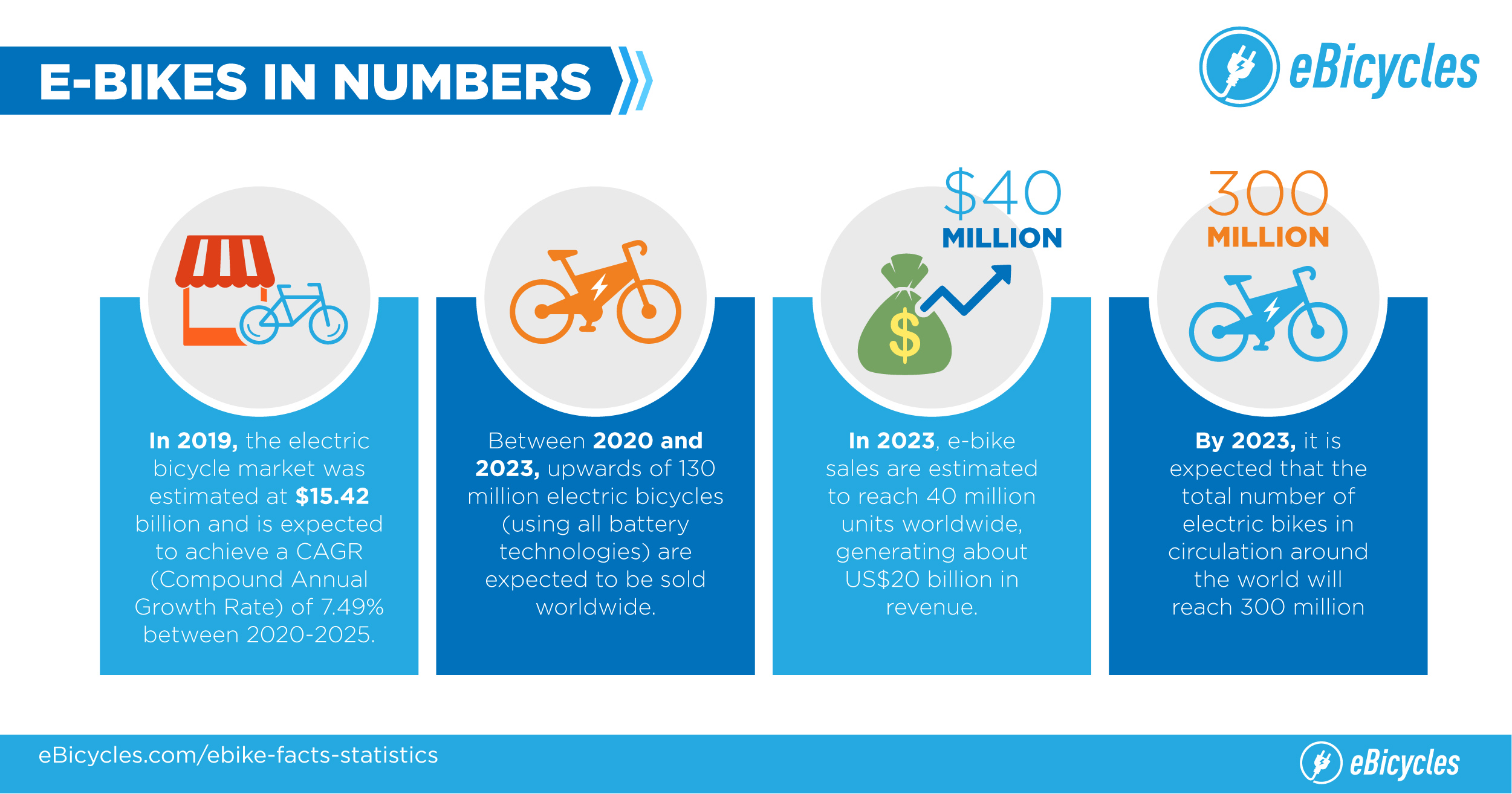An Initial Summary Of E-Bike Regulation And Standards In Your City
An Initial Summary Of E-Bike Regulation And Standards In Your City
Blog Article
Write-Up Writer-Goldberg Chang
Prior to you get on your e-bike and struck the streets, it's vital to understand the legislations and guidelines that control your city. From rate limits to assigned riding locations, there's a whole lot to consider to guarantee you're certified and risk-free. By acquainting on your own with the rules specific to e-bikes, you'll be better equipped to enjoy your adventures without any unforeseen lawful issues. Stay tuned to uncover vital insights that will aid you navigate the e-bike landscape in your city flawlessly.
Understanding E-Bike Classification
When it involves browsing the realm of e-bike regulations and policies, a vital starting factor is recognizing the category system that classifies these electric bikes. E-bikes are generally identified into three main groups: Class 1, Class 2, and Class 3.
Course 1 e-bikes are pedal-assist only, suggesting they give assistance while the cyclist is pedaling and have a maximum speed of 20 mph. These bikes are admitted locations where typical bicycles are permitted.
https://fat-ebike-canada53108.blogofchange.com/32765932/would-certainly-you-like-to-discover-the-potential-future-of-electrical-bicycles -bikes are geared up with a throttle that can thrust the bike without pedaling. They additionally have a maximum speed of 20 mph and are suitable for riders that might need aid without pedaling constantly.
Class 3 e-bikes are similar to Class 1 however with a higher maximum speed of 28 miles per hour. https://marcogsbks.ourcodeblog.com/32366727/the-advantages-of-electric-bikes-in-promoting-lasting-practices are typically limited from particular bike paths or trails as a result of their greater rates.
Recognizing https://ebiketips.road.cc/content/advice/advice/are-e-bike-batteries-safe-what-s-the-difference-between-a-safe-battery-and-a is essential for complying with neighborhood policies and ensuring a risk-free and pleasurable e-biking experience.
Browsing Speed Restrictions and Limitations
To efficiently browse e-bike laws and regulations, it's important to comprehend the rate restrictions and limitations that relate to various courses of electric bikes.
Speed limitations for e-bikes differ depending on the classification of the bike. Class 1 e-bikes, which are pedal-assist only and have a maximum speed of 20 mph, are typically enabled on bike lanes and courses.
Class 2 e-bikes, which have a throttle along with pedal-assist and likewise get to rates of as much as 20 miles per hour, might be restricted in particular areas where motorized vehicles aren't allowed.
Class 3 e-bikes, with pedal-assist as much as 28 miles per hour, are typically required to adhere to the same guidelines as typical bicycles.
It's important to comply with these speed limitations and constraints to ensure your safety and security and the safety of others on the road. Prior to riding your e-bike, acquaint on your own with the particular laws in your city to stay clear of any prospective penalties or legal issues.
Where to Adventure Your E-Bike
To figure out where you can ride your e-bike, it's important to understand the guidelines and guidelines details to your area. In many locations, e-bikes are usually permitted on roadways and roads where conventional bikes are allowed. This may include bike lanes, bike courses, and shared roadways. Nonetheless, it's critical to examine regional legislations as some cities might have certain limitations on where e-bikes can be ridden.
When riding your e-bike, constantly prioritize security by adhering to traffic guidelines and appreciating pedestrian pathways. Furthermore, be mindful of any type of designated bike lanes or courses in your location and utilize them whenever feasible to make certain a smoother and safer trip.
Some cities likewise have policies concerning e-bike usage on sidewalks, so make certain to familiarize yourself with these policies to avoid any kind of penalties or penalties.
Conclusion
Now that you're familiar with the laws and guidelines bordering e-bikes in your city, you can confidently hit the trail knowing where you can ride and what restrictions apply to your e-bike category. Remember to always prioritize security and follow the regulations to guarantee a smooth and legal ride. Satisfied riding!
